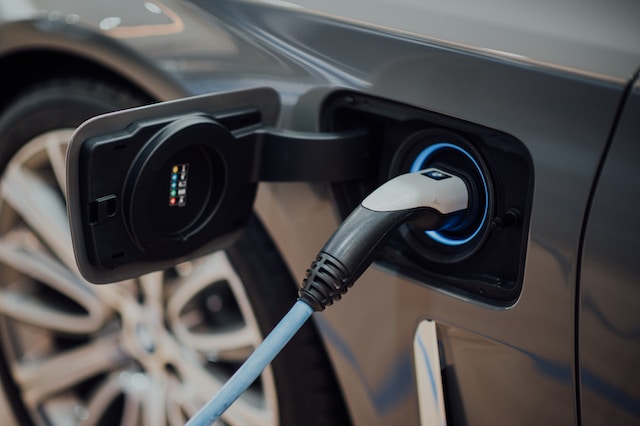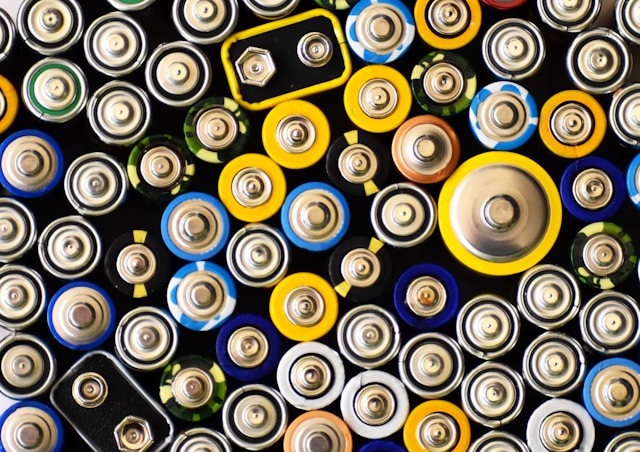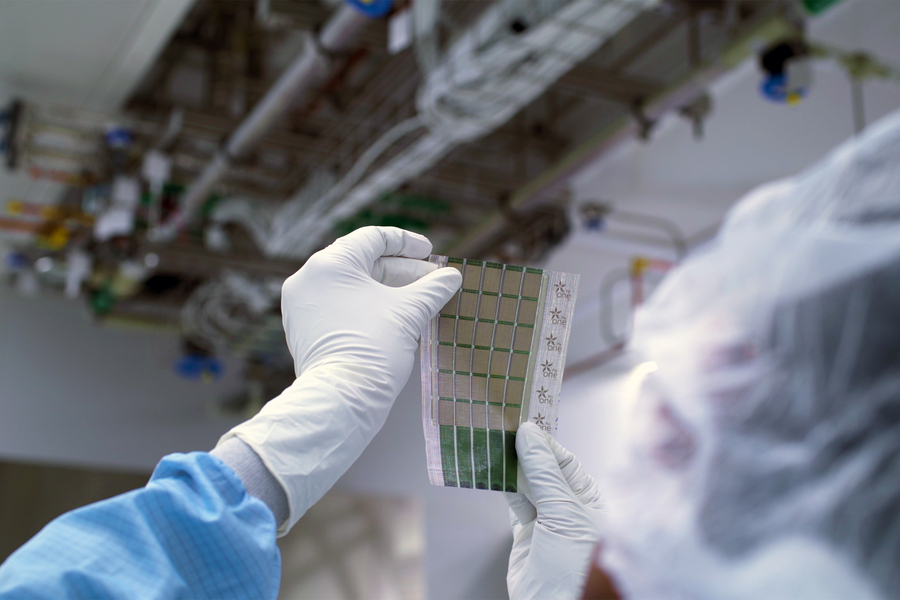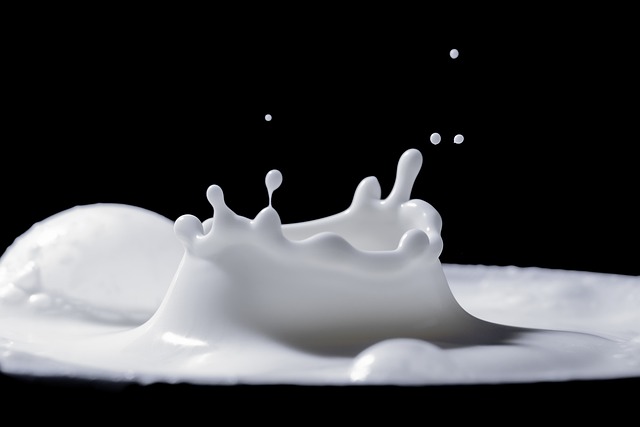Recycling copper from VVF (Vinyl-insulated, Vinyl-sheathed Flat) cables is crucial for environmental protection and reaching humanity’s sustainability goals. However, current methods mostly involve a multi-step mechanical process, which includes stripping, granulation, and separation, or a chemical process with acidic or basic solutions, which produce toxic chemicals.
A new study by researchers from the Sophia University in Japan and Università di Pavia in Italy published in the RSC Advances journal, though, proposes the use of microwaves for a cleaner and more sustainable solution.
The microwave-induced pyrolysis process involves exposing VVF cables to microwave radiation in a glass reactor. This carbonizes the PVC insulation without damaging the copper core. It’s an efficient and environmentally friendly process, which reduces the creation of harmful byproducts. In fact, the PVC can be converted to carbon black, which can then be used as a pigment.
The microwave-induced pyrolysis method has other advantages as well. For instance, it requires no pre-treatment, like precutting or PVC separation. Moreover, it can also recover chlorine, which could then be converted to hydrochloric acid.
Interestingly, the microwaves themselves don’t react in any way with PVC. However, copper does, and when it reaches higher temperatures, it will start to heat the PVC. Once the PVC converts to carbon, due to higher temperatures, the carbon will also absorb the microwaves accelerate the process.
“VVF cables are commonly used as power cables in houses and buildings and have a high reuse value among e-waste,” said Satoshi Horikoshi from Sophia University, a lead author of the study. “Our method is suitable for recycling and recovering e-waste containing metals and requires no pre-treatment to separate the plastics from the metals.”
Still, the effectiveness of this method depends on the length of the cable relative to the microwave’s wavelength. In experiments, cables with lengths corresponding to specific fractions of the microwave wavelength underwent pyrolysis more efficiently. For instance, a 54 cm VVF cable was completely pyrolyzed in 12 minutes under 300 W radiation, leaving the copper wire intact and undamaged. Meanwhile, an 18 cm cable began pyrolyzing after 60 seconds at 100 W.






